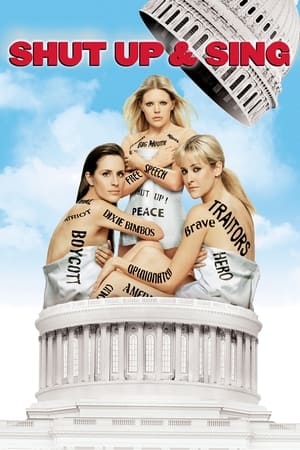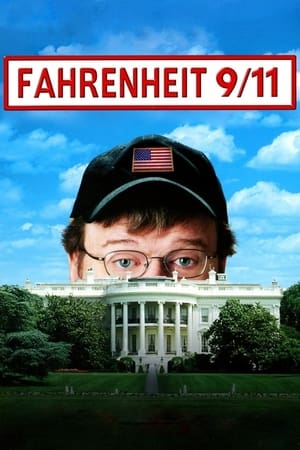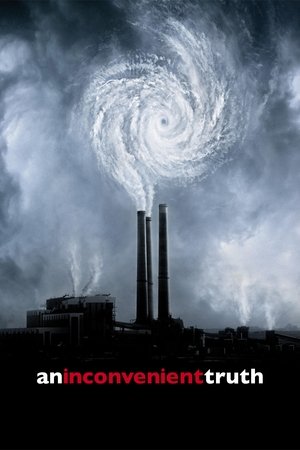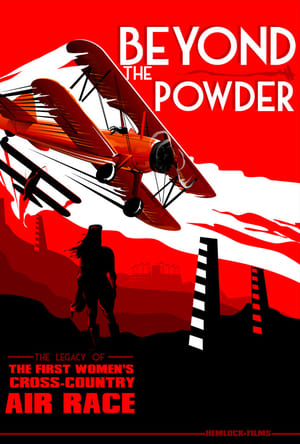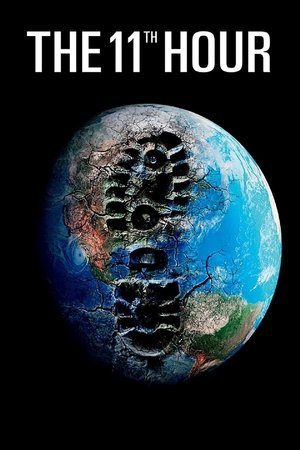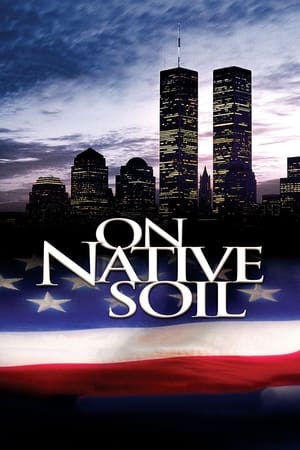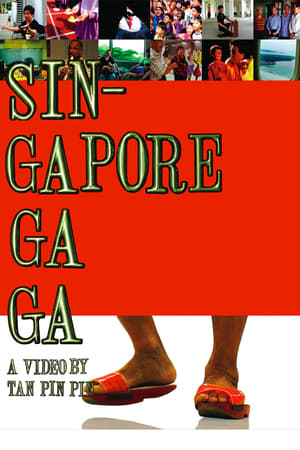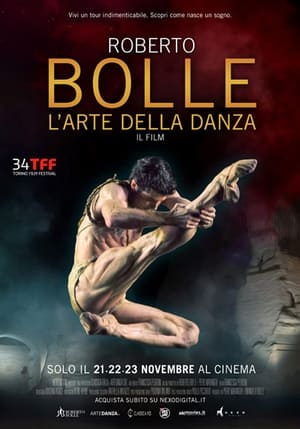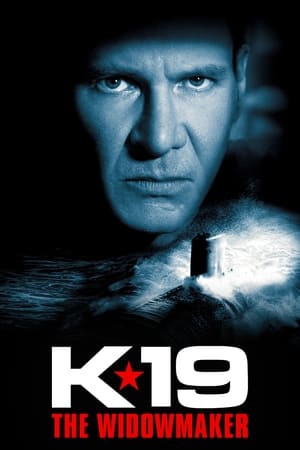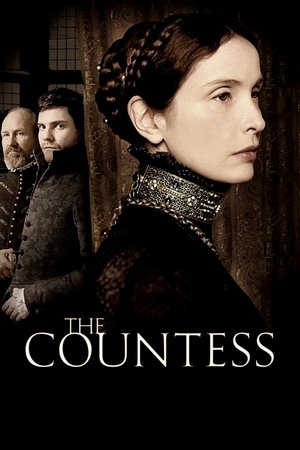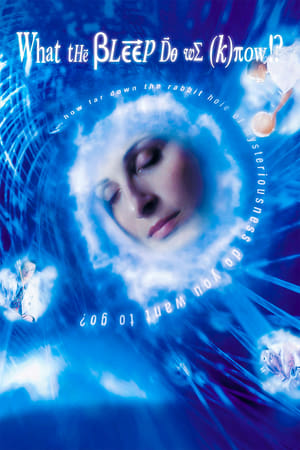Overview
A unique documentary that looks at the political activities of the American Communist Party in the early to mid-twentieth century.
Reviews
The introduction from the then President Reagan gives us an indication of what’s to come as he adopts that hale-fellow-well-met approach of his to warn of the continuing dangers to the USA of ever-expanding Communism. Thereafter, for about ten minutes, we see examples of the congressional accusatory and defensive rhetoric that abounded during the “witch-hunt” period and subsequently. Then, though, rather counterintuitively it starts to talk to people . Ordinary people. Ordinary socialists or people of the left wing involved in the trades union movement as far back as the 1930s or with anti-war protests - and what many of them say makes eminent sense. They refer back to the whole principles of the founding fathers creating a free America. Free for thought, work, bringing up your family. Free from government interference, censorship and bullying. Many of these contributors are professional, coherent, sensible and rational as they put forward plans, extolled contemporaneously but now largely reported retrospectively, to provide for education, religious freedom, an end to racial segregation and sexual discrimination. Indeed, the vast majority of the views put forward here have little, if anything, to do with the perceptions prevalent of the Stalinist or Brezhnev’s Soviet Union. Often, it’s a communism in it’s undiluted, depoliticised, form that could convince readily that it is something all can benefit from. Latterly, it does inject a little more realism to that idealism as it clearly illustrates that communist principles don’t always transfer well to government. All too easily, radicalised Orwellian scenarios can develop and lies and deceit can be used to convince those naïve and gullible that everyone is working, eating, warm and safe - when actually the situation is largely the same only the political class is just wearing a different coloured rosette. There is a great deal of well researched and powerful archive here that vacillates from the verbal shenanigans of the politicians to the more measured and reasoned commentators, both pro and anti, who actually formulate a less reactionary and more considered debate. It’s that debate that I can’t imagine was what the producers actually wanted, because they most certainly don’t present us with a film that would have your curtains twitching to report your neighbour Ivan to the feds. It’s full of fear and paranoia, certainly, but if you are watching with any sense of perspective then this might not be as ominous as you might expect.

 100 min
100 min
 6.3
6.3
 1983
1983
 USA
USA
 CinemaSerf wrote:
CinemaSerf wrote:
